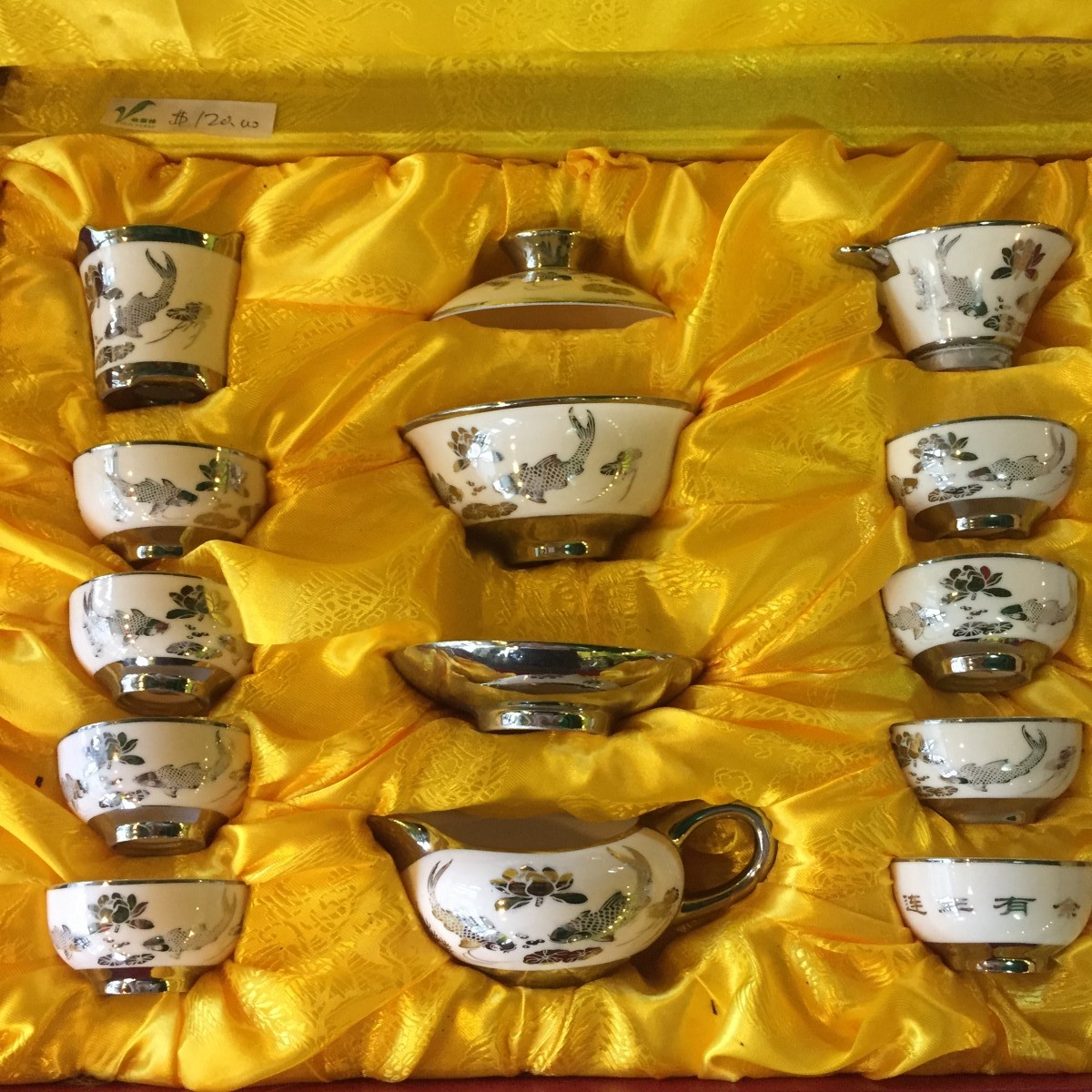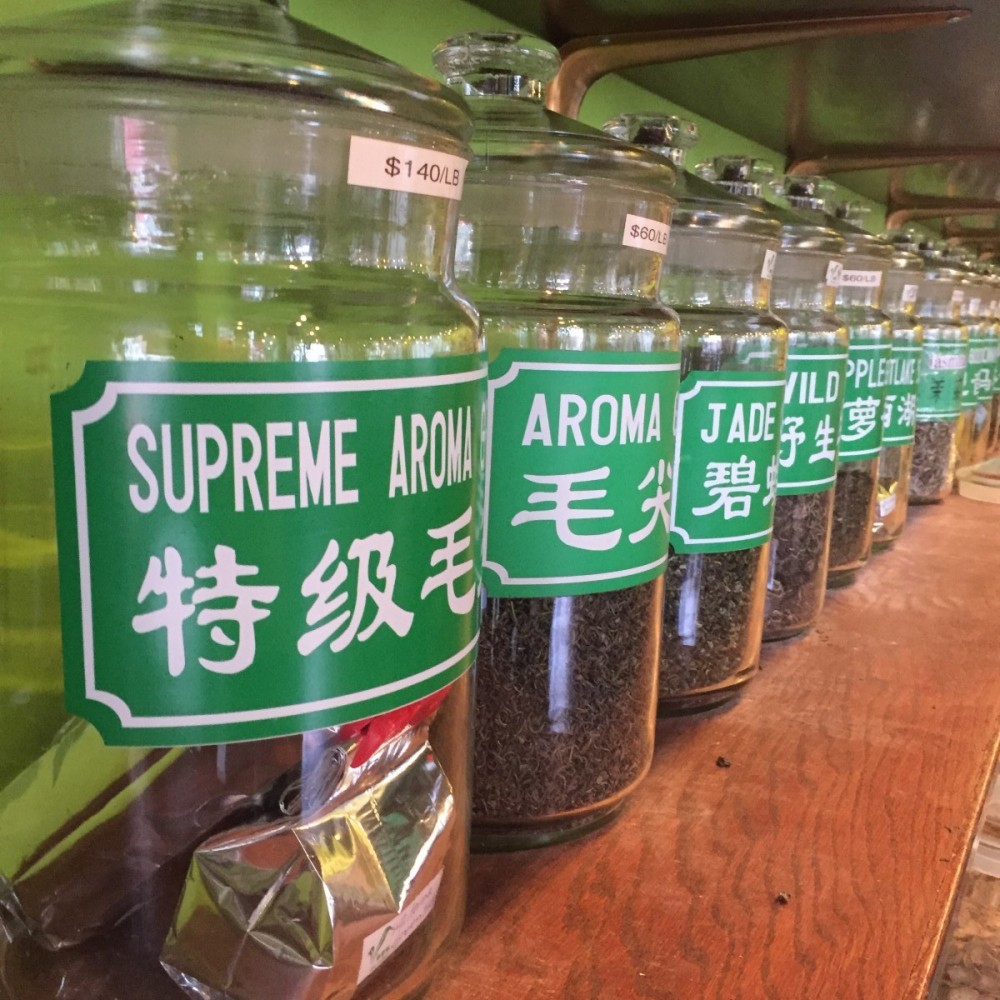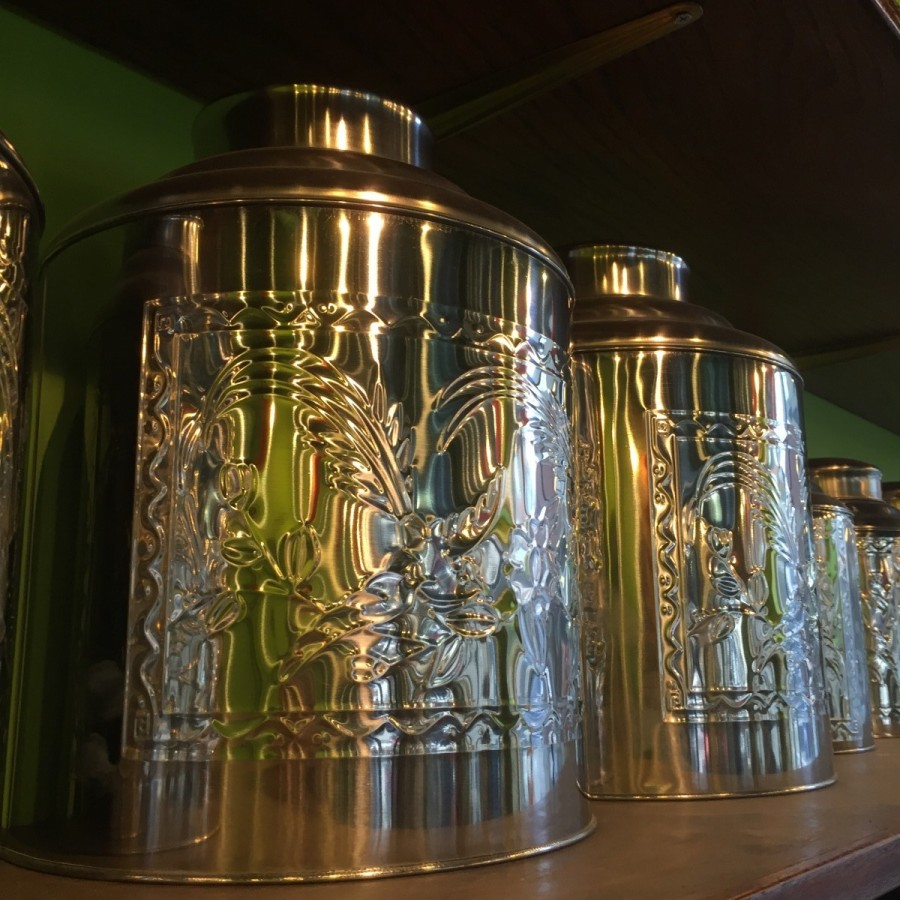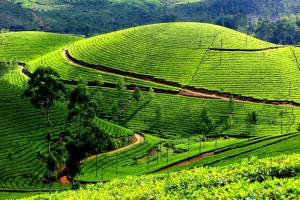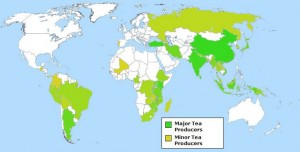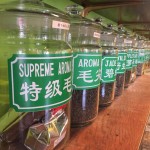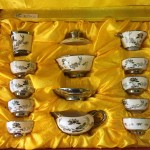Field Study Components:
3a) Our Favorite Tea Tastings
| WHO |
TEA TASTING |
TEA TASTED |
REASON |
| Caroline, Chloe, Pat, Mikko |
Abir’s tea discoveries in India
(Wk 1) |
Assam Golden Tips |
Our group feels the aroma of the tea was woody with floral notes, with a mild flavor but full bodied.While the flavor was short with a little milk and honey added, the taste lingered. |
| Caroline, Chloe, Pat, Mikko |
Dewey Meyer’s Tea Tasting (a tea gathering Wk 5) |
Su Ji Chun |
With a buttery, light aroma, this tea had flavors of honeysuckle, jasmine and sweet honey. We also noted the mouthfeel was smooth and resembled hot bitters. |
| Caroline, Chloe, Pat, Mikko |
A Tour of Indian Teas with Raj Vable of Young Mountain Teas (Wk 5) |
White Tea |
The second flush white tea we preferred had an aroma of seaweed and hints of perfume, while the bolder taste of this second flush tea boasted dried fruits and apricots, with a clean finish. |
3c)
3d) Favorite Tea Tasted
Often times when tasting, my attempts to surrender my mind to different teas often muddles my equally prominent desire to favor one distinguished tea which brings me joy; I don’t want to “choose” a tea yet I always do.
In China town at Vital Leaf Tea, I tasted a white tea called “White Peony”.
Building on Proust’s The Madeleine, when I saw the tea, I knew I would find it to be as “simple” as any other white tea. Maybe it was the light pouring in outside or the splashes the tea maker produced on the wood counter when pouring the tea, but when I tasted the tea, one moment stood out to me. It was the “first” instance something touches your tongue and you pick up the first impression of the taste.
It was fruitful and fleeting, words I often apply to childhood. Maybe I thought it was childlike to favor white tea, but at the tea shop, I couldn’t disqualify it anymore. The taste was tart and sweet like a ripe apricot, but floral because I saw the pink peonies that grew in my backyard once. They reached through the pyramid iron structure that enclosed them, towards the sky, towards the sunlight. Except now I could see and taste the petals. There was always water droplets on them, while the soil was richly watered. In my mind, the site was literary.
This literary vision reminds me that tea needs water to be made. The peonies also needed water. They were always cold, the air chilly. When I smelled them, I smelled “petal”, with cold water as the end note.
I thought of this same finesse when I finally swallowed the warm tea. The finish I tasted was water. And I know in all its significance in the world, water is not simple. I live by water. This tea was as close to water, while reaching through iron pyramids, as I could get. When it was gone, I had the chance to remember. That is when I knew I loved white tea and had to bring it back from China Town with me.
3e) The Plantation History and Contemporary Business of Tea: In this component provide images and text that demonstrate what you learned during your Olympia tea tasting and seminar work regarding the relationship between the colonial history and contemporary business aspects of tea. In particular, and based on your experience in relation to Beskey’s The Darjeeling Distinction, please address how “terroir” (or components of terroir, such as tea variety, where grown) is/are being used to increase value, establish authenticity, highlight gastronomic pleasure, and a sense of place in relationship to the business aspects of tea within a historical and global context.
In Sarah Besky’s The Darjeeling Distinction, Labor and Justice on Fair-Trade Tea Plantations in India Besky examines and critiques the Fair-trade, GI and Ghorkaland movements and the colonial tea plantation system as a whole. Besky argues that the Fair-Trade, GI and Gorkhaland movements visions of social justice feed off of the colonial plantation system but fail to incorporate perspectives of those actually working in the tea fields and includes a disciplined forgetting of the colonial power structures and histories in which the plantations were built.
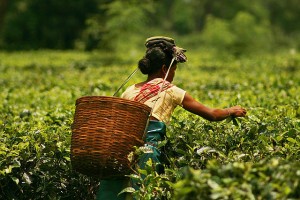
The Fair-Trade, GI and Ghorkaland movements all capitalize off of “The Third World Agrarian Imaginary” and a fictionalized distant past that allows the consumer a false sense of redemption and aiding of those living through the injustice of the colonial systems in which the plantations exist. The Darjeeling regions global terroir distinction stems from western European and British colonial notions in regards to the relationship between environment and flavor.
The false sense of consumer savior-ship Fair-Trade draws upon creates a high demand for terroir-laden products and a consumer willing to pay higher prices for a product that supposedly aids the workers harvesting the tea. Besky states “Fair Trades vision, in other words, accounts for neither long-standing moral economic relationships within plantations nor institutions already in place to support plantation labor (115).
Original post by Caroline App and Chloe Landrieu Murphy, Pat Weaver, and Mikko Freeman; edited by Caroline App, Chloe Landrieu Murphy, Pat Weaver, and Mikko Freeman.

